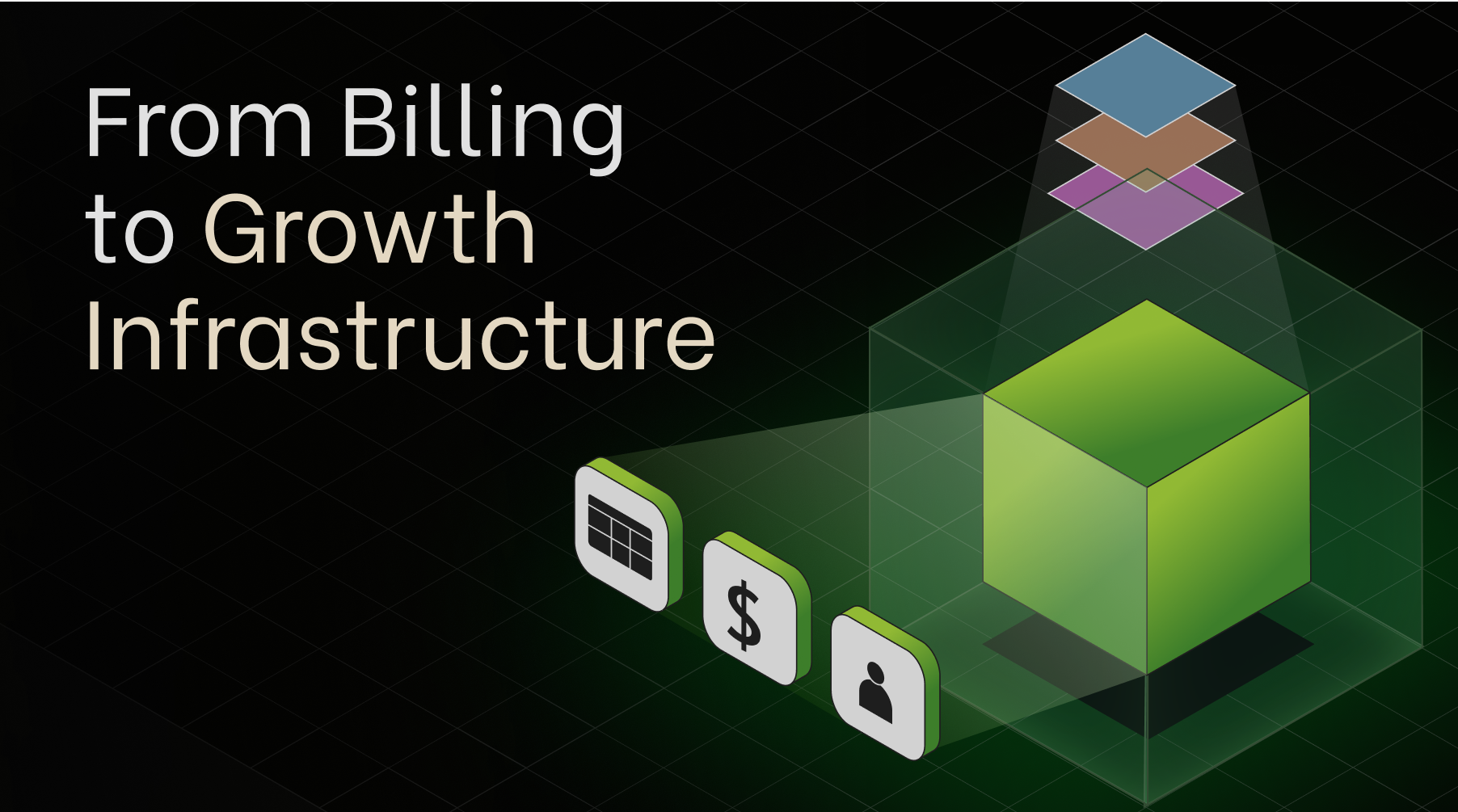Zuora's recent transition to private ownership marks an important moment in the evolution of the billing market. As enterprises demand more flexible, modular solutions, the shift toward specialized tools is reshaping the way companies manage monetization. This is a pivotal opportunity to evaluate where the industry is headed and what it means for the future of subscription management.
A Look Back at Zuora’s Journey
Tien Tzuo, Zuora’s visionary CEO, was among the first to recognize and capitalize on the Subscription Economy. From its roots with the original Salesforce crew to its rise as a leader in subscription billing and management, Zuora was built to revolutionize how companies monetize recurring revenue models.
Today, Zuora boasts $400M ARR and an impressive client roster, including SaaS powerhouses like Zoom and Box, as well as enterprises like GM and Ubisoft. With 400+ customers paying $250K+ annually, Zuora remains a significant player in the industry.
However, as the billing market has evolved, companies are seeking more adaptable and interoperable solutions that cater to their specific needs. Zuora’s move to private ownership could offer the agility required to navigate this changing landscape.
Behind the Numbers: The Challenges of Billing Monoliths
To understand why billing infrastructure is evolving, we must look at the bigger picture. Billing, especially for enterprise-scale businesses, is inherently complex. Long sales cycles, high switching costs, and integration challenges create friction for even the most advanced solutions.
Zuora expanded its capabilities through strategic acquisitions, including Zephr (digital media focus), Togai (usage-based pricing), and Sub(x) (media solutions). While these additions added depth to its platform, they also highlight the growing need for more tailored and composable billing solutions rather than a single monolithic system.
As companies seek best-of-breed solutions, the demand for flexibility, modularity, and ease of integration is rapidly increasing.
A Fundamental Market Shift: The Death of the Monolith
Zuora’s shift to private ownership reflects a broader industry trend: the move away from one-size-fits-all billing systems toward specialized, interoperable monetization infrastructure.
Instead of consolidating all billing functions under one provider, companies are unbundling their monetization stacks:
- Sales teams need quoting flexibility and faster deal execution.
- RevOps teams require seamless integration with CRM and revenue tools.
- Finance teams prioritize compliance, forecasting, and governance.
- Engineering & Product teams seek scalable infrastructure that enables dynamic pricing and entitlements.
This shift is paving the way for a new generation of modular, API-first monetization infrastructure that offers businesses the agility to adapt as they scale.
If you’re exploring how to future-proof your monetization stack, our latest blog post, The Monetization Infrastructure Manifesto, explores why unbundled, API-first infrastructure is the inevitable next step for SaaS and AI businesses. Read the Manifesto.
What’s Next for the Billing Market?
The billing landscape is entering a new era where businesses are decomposing monolithic billing engines into composable, adaptable components. The winners in this space will prioritize:
- Interoperability – Seamless integration across systems.
- Extensibility – The flexibility to evolve with business needs.
- Best-in-Class Solutions – Focused tools that deliver exceptional experiences.
Zuora’s transition may enable it to redefine its strategy and align with this emerging trend. As the market evolves, companies that embrace a more flexible, API-driven approach to monetization will be best positioned to succeed.
The Future of Monetization: A Composable Approach
As the shift away from monolithic billing accelerates, companies are looking for modern monetization infrastructure that allows them to iterate, scale, and optimize their pricing models with ease. This transition isn't just about billing—it’s about rethinking monetization as a strategic enabler.
If you’re exploring how to future-proof your monetization stack, our latest blog post, The Monetization Infrastructure Manifesto, explores why unbundled, API-first infrastructure is the inevitable next step for SaaS and AI businesses. Read the Manifesto →
-----------------------------
Disclaimer: This blog post was inspired by a recent LinkedIn post from our Co-Founder and CEO, Dor Sasson. The enthusiastic response and thoughtful discussions it sparked confirmed that we struck a chord with many in the industry. Thank you for engaging with us!




